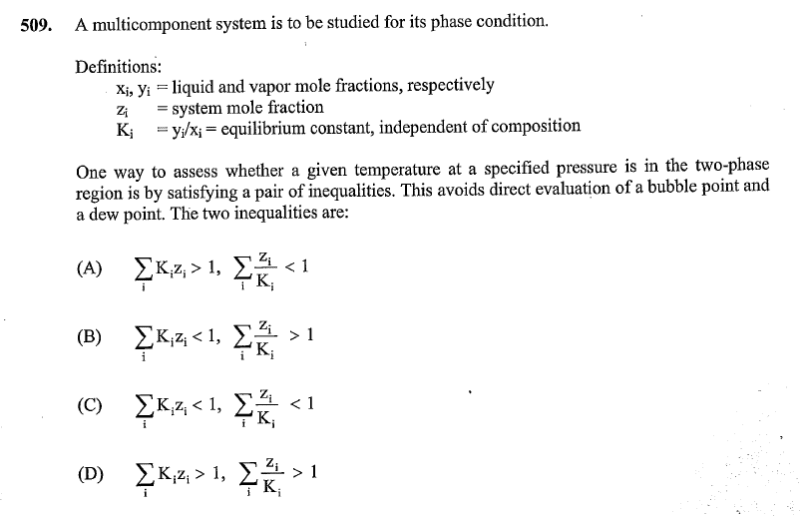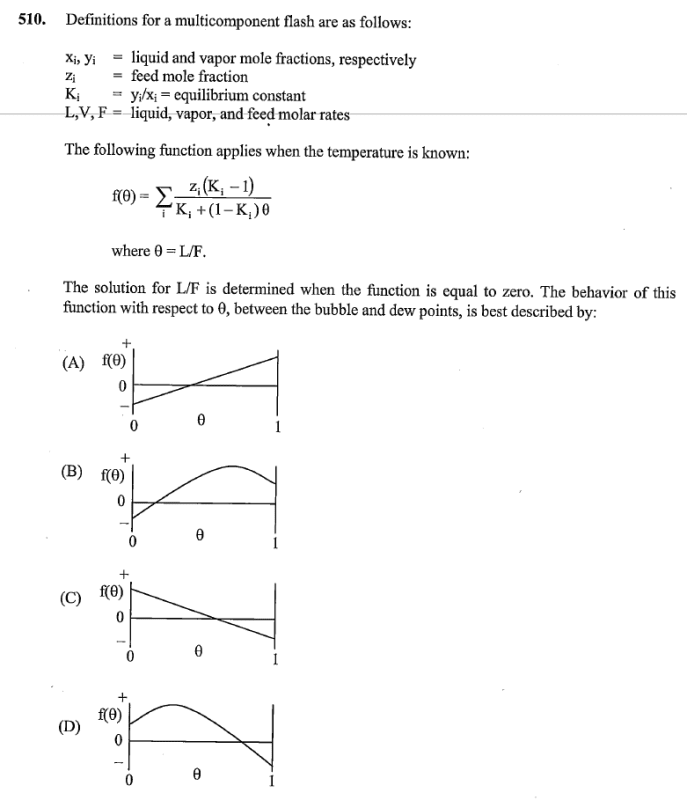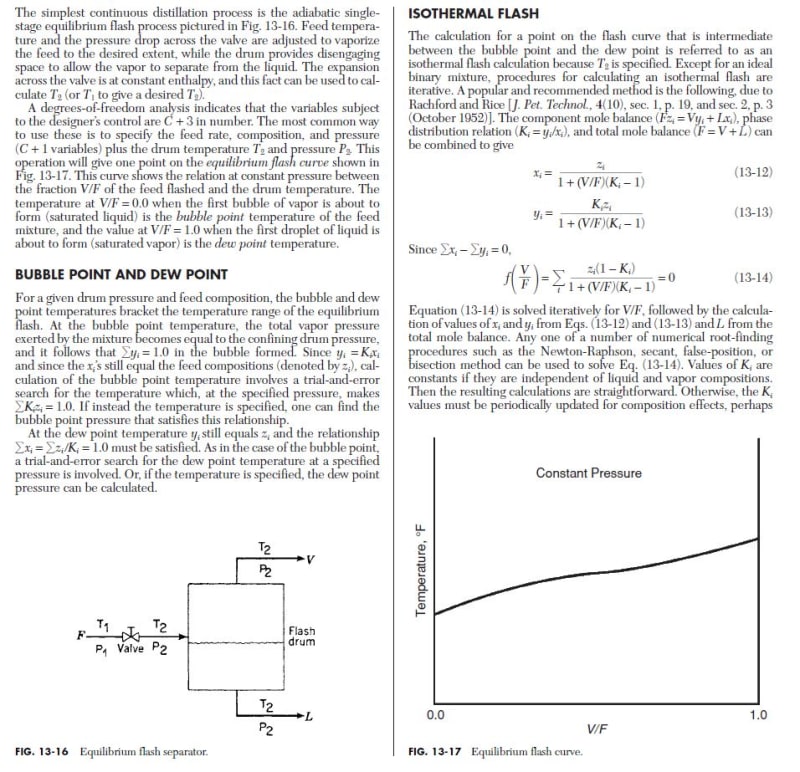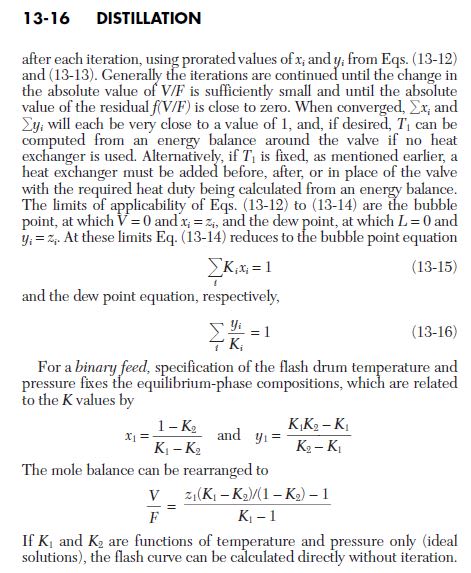AthlonXPme
Chemical
I have been scratching head on these two thermodynamics questions. Can anyone shed some lights ? These two questions are all related to phase equilibrium.


PE Reference:



PE Reference:




![[dazed] [dazed] [dazed]](/data/assets/smilies/dazed.gif)